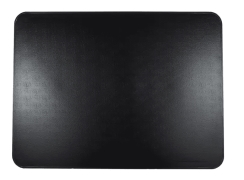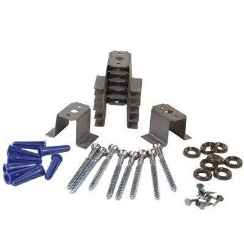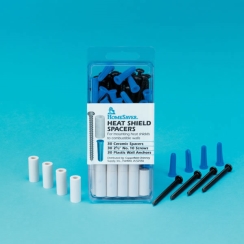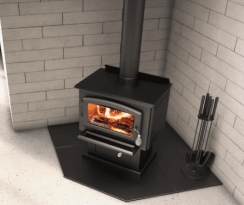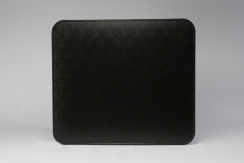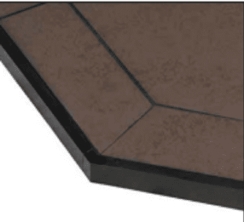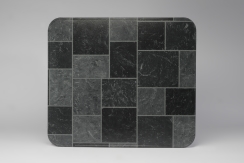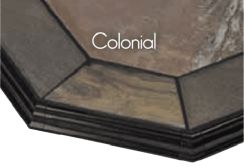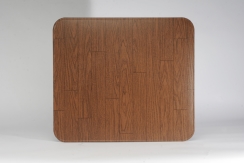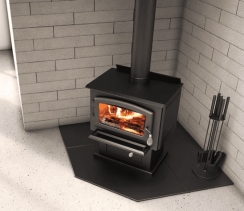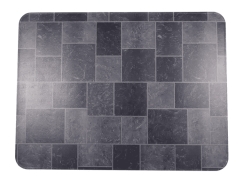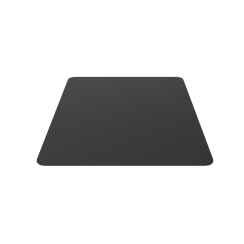Stove Boards
Displaying 1–20 of 127 items
Have questions?
Our NFI-certified experts are here to help!Related Articles
Customer Q&A with Product Specialists
Thank you for reaching out!
Thank you for your interest in our products. We've received your question and will get back to you shortly — usually within the hour but always within 1 business day. To ensure you receive our response, please add our email address (info@efireplacestore.com) to your email whitelist or address book.
In the meantime, while we prepare our response, keep an eye on your inbox for an email from us. We'll be sending you our exclusive Buyer's Guide, packed with valuable information to assist you in making the best decision for your needs.
If you have any further questions or need immediate assistance, feel free to reach out to us directly at 1-800-203-1642.
Thank you again for choosing eFireplaceStore.com!
Customer Images

About Stove Boards
If you've heard of a hearth pad, you know that protecting your floor from your stove has never been easier. Also known as a stove board, this protective accessory sits under your wood stove hearth to protect your floor from the heat your stove creates. Hearth pads are made from non-combustible materials like concrete, metal, tile, or ceramic glass and are required by many manufacturers. Want to know more about hearth pads and how they could help you? Check out our Stove Boards Buyer's Guide!
